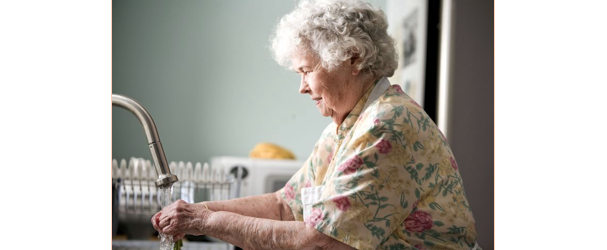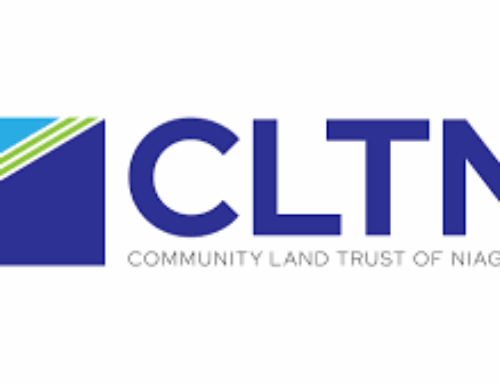Eighty-five percent of Canadians have made it clear – they want to age in place and continue to live (and thrive) the way they have lived all their lives. Central to aging in place is having access to the social and health supports to live independently as long as the person wishes and is able to do so.
On October 25th, 2017, 80 people gathered at the Ontario Paper Thorold Senior Centre for Aging in Place: A Housing and Services Forum, an event hosted by the Thorold Age-Friendly Community Committee.
Arlene Etchen and Jamie Shipley, representing the Canada Mortgage and Housing Corporation (CMHC), spoke to the diverse housing needs of the older adult population. According to focus group findings, older adults do not proactively plan for their future housing needs, and these needs only become an issue when health declines. Additionally, there is a low awareness of options available to help seniors live at home longer.
Home Modification
There are countless low- or no-cost modifications that can be made to new and existing homes to make them more accessible, many of which are detailed in these CMHC reports: Low or No Cost Home Modifications and Maintaining Seniors’ Independence Through Home Adaptations. Equally important to older adults is the aesthetics of accessible home modifications. Designers have responded with ‘Invisible convenience’, accessibility measures that are not easily recognizable; examples include stairless entrances and wide bathrooms. Safe and accessible homes save significant healthcare dollars, and aesthetically pleasing homes contribute to the dignity of older adults.
Affordable Alternative Housing Options
In addition to home modifications, other options are available to facilitate aging in place, including homeshare programs such as the Halton HomeShare Program, described by Heather Thompson (Community Development Halton). HomeShare programs are suitable for older adults who live alone and would benefit from some homemaking support. They are matched with an individual who agrees to provide 5-10 hours per week of help in activities such as shopping, gardening, cleaning and pet care in exchange for discounted rent. These arrangements are mutually beneficial, as both parties benefit financially and by way of companionship.
For many older adults, the high cost of housing is the most significant challenge. Fred Neil and Henry D’Angela spoke about what Thorold Non-Profit Housing and Niagara Regional Housing are doing to meet the demand for affordable housing. For those aged 55 and older, the estimated wait times for access to affordable housing range from 3 to 6 years. Both organizations are moving forward with new developments that maximize accessibility and modifiability.
Supportive Services
Finally, Carrie-Lynn Sones detailed the many programs and services that Community Support Services of Niagara (CSSN) offer to older adults to support aging in place, including:
- Meals on Wheels
- Monthly “Lunch Out” events that help reduce social isolation
- Volunteer-run transportation services to help individuals access medical appointments, shopping, banking, social activities, etc.
- Volunteer visiting and phone chats to check in on individuals vulnerable to social isolation
- Home Support Exercise Program, in collaboration with March of Dimes
- Homemaking and home maintenance support
- Wellness Supportive Living Program, which takes a holistic approach to support aging at home
- Safety at Home Program, which offers free home safety assessments and referrals for modifications
- Leaf and Snow Buddies to help older adults with yard and sidewalk maintenance
- Niagara Hindu Program, offering a cultural lunch and yoga
- Francophone services at Welland site
Resources for more information:






